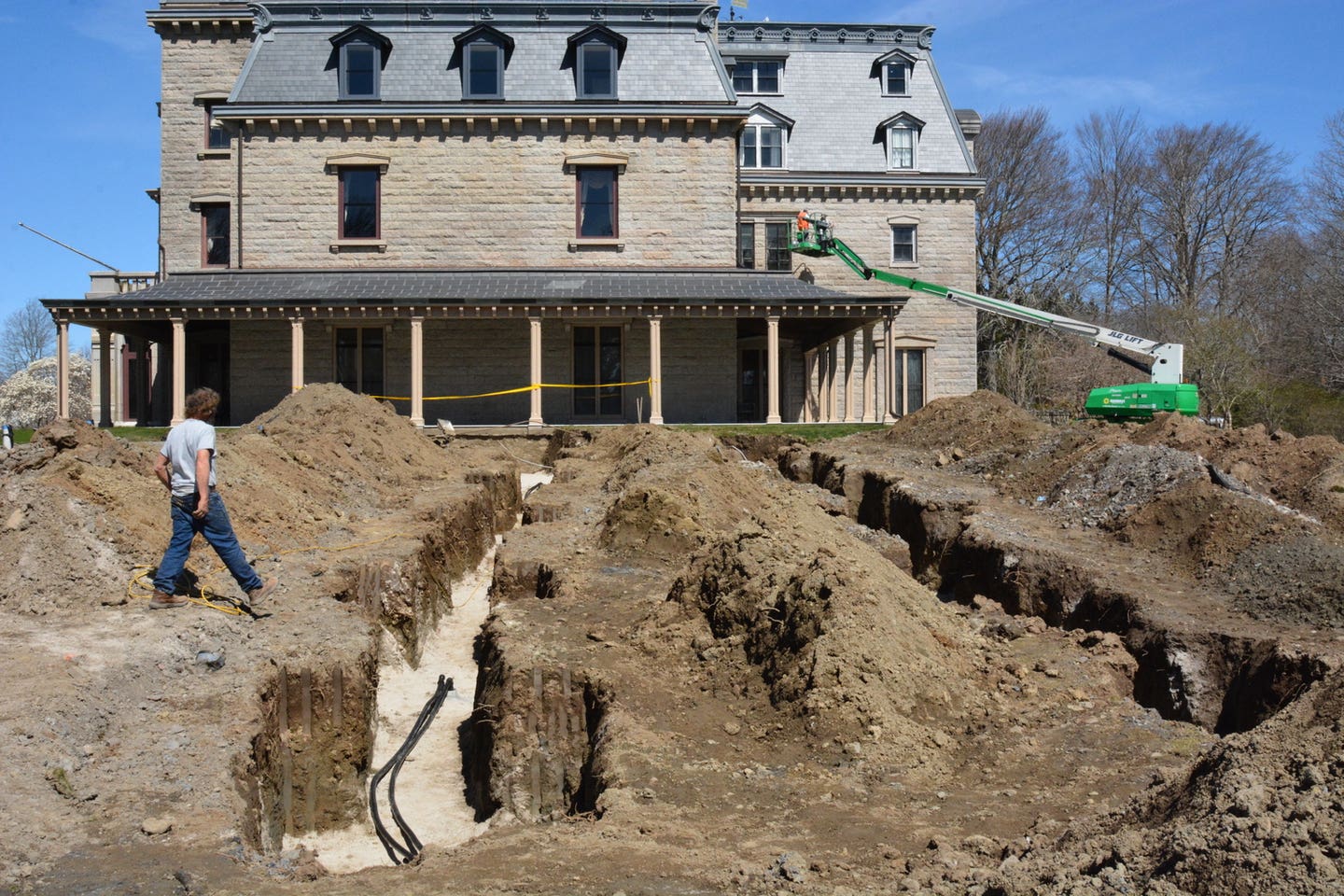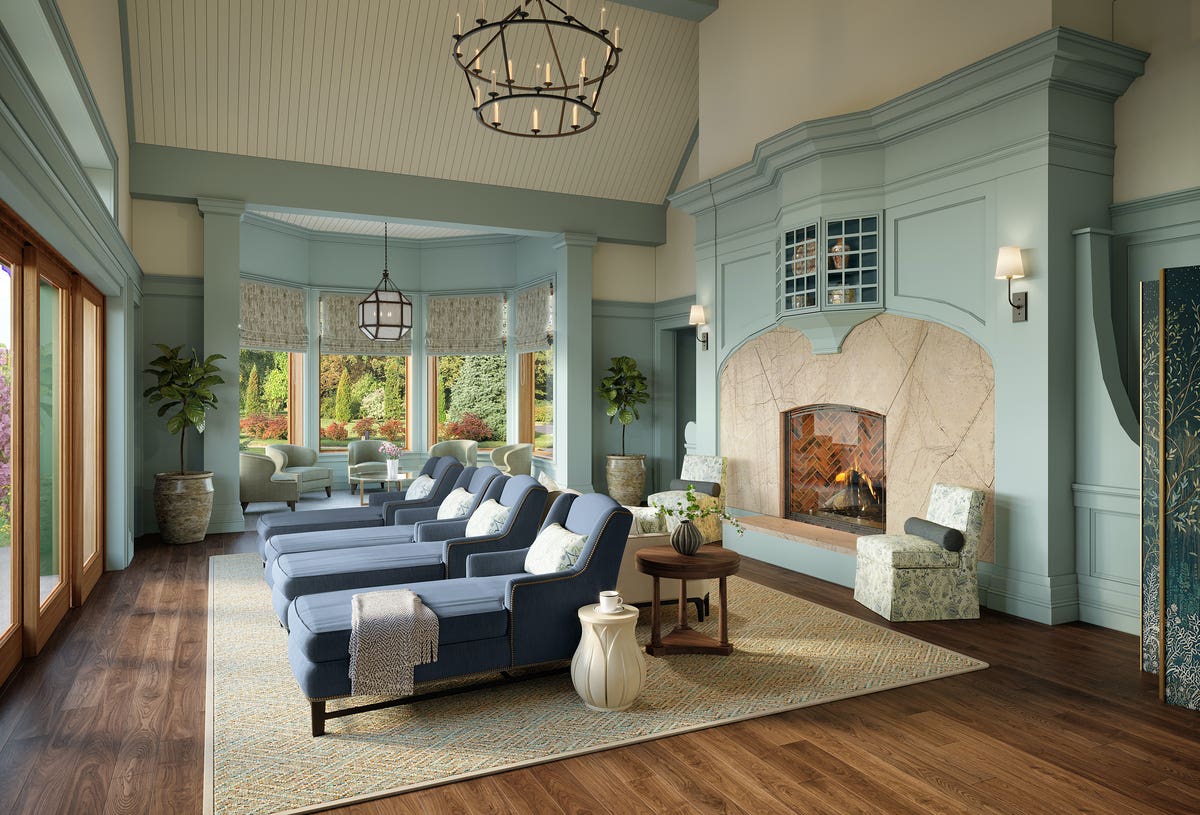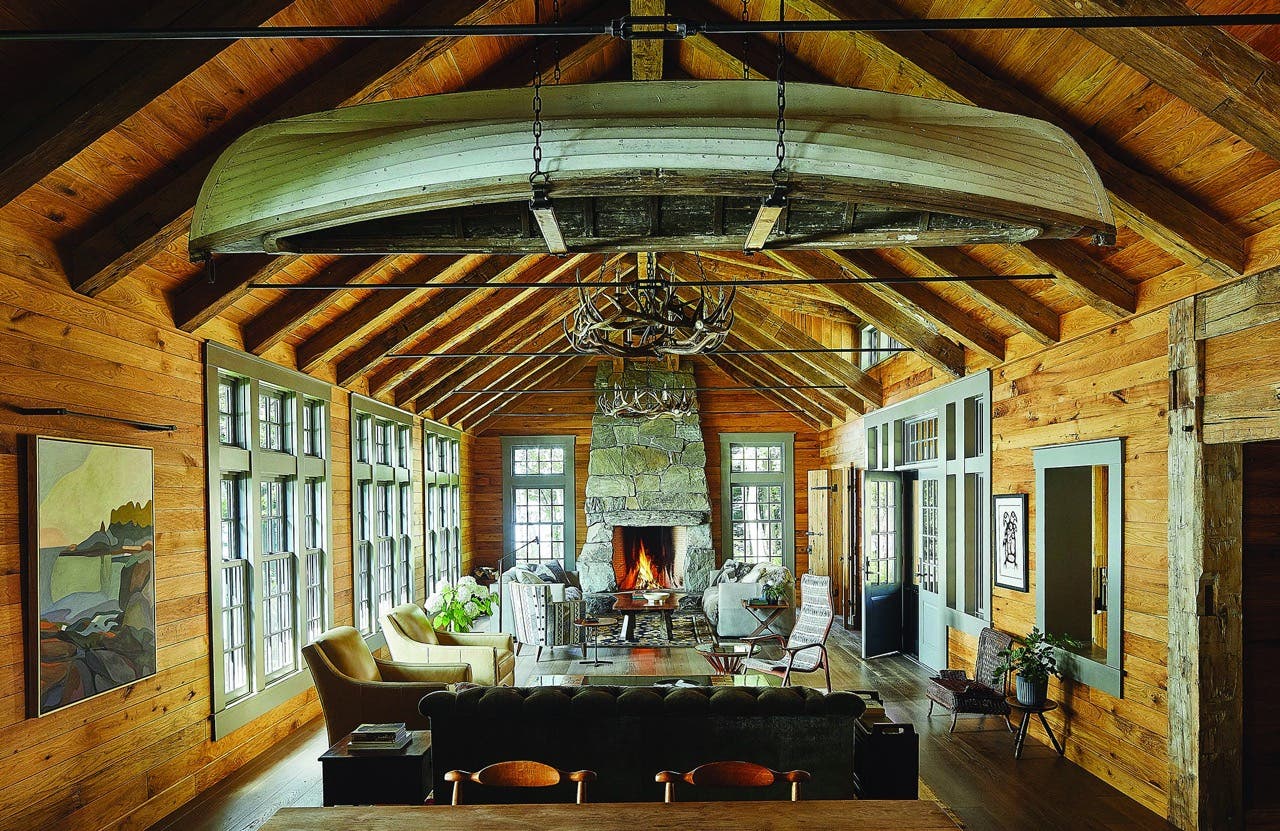
Features
On Columns, Classicism, and Creativity
Why do we choose to make our buildings look one way and not another? How should our buildings look? Two different but related questions, the answers to which are many and difficult to tease apart, for architecture operates on many levels.
Today, many who regard themselves as classicists all too often answer “how should our buildings look” with a resounding: classically correct! This is understandable as 21st-century classicism is still operating in recovery mode. The lacuna of what we simplistically call modernism nearly broke the chain of tradition preceding it. In this regard, we are not unlike our Renaissance predecessors.
Through their attempts to understand Roman classicism, Renaissance architects codified a classicism free from “barbarous invention.” Yet in a mere century, design transformed from Rossellino’s chaste work in Pienza to Michelangelo’s ebullient designs for St. Peter’s. This oscillation between rational and emotional classicism would continue for centuries before being nearly exterminated.
Much emphasis in our renaissance has been placed on relearning the rules of classical architecture. Due in large part to the Renaissance, we see classical architecture as defined by five orders. Perhaps due to our quick-fix culture, we have not done as our Renaissance fathers did, turning to origins, learning anew, letting that be transformative. Jeffrey L. Davis, founder and president of Chadsworth Columns reflects, “Classical Architecture to me is not just language—it is a rhythm. The rhythm of place. When you travel to Andalusia, Istanbul, or Petra, and see architecture rooted in the classical yet so changed by each place, you see interpretation and creativity.”
How can we look afresh at classical architecture? Rather than learning rules of how to correctly use the five orders, let us think instead of the orders operating in three primary ways: structural, formal, and symbolic.
Columns and beams can be the actual structure of a building, with the depth of a beam and the spacing between columns relating to suitable span to depth ratios. The columns and beams may also be analogous. For example, the visible ceiling beams may not be the actual beams holding up the floor above. Whether actual or analogous, the beams of a ceiling tell us something about the structure, like the pairing of columns on the Four Seasons Ocean Club [2], which make the wide bays appear more structurally stable.
Each design has issues it responds to or resolves through formal means. The classical orders are our primary means for making those resolutions. For example, imagine a long façade. The classical orders may be used to counter the deadening effects of a run-on façade by bringing more emphasis to the vertical. Additionally, through scale, proportion, and ornament, the formal composition helps develop the character we intend. The delicate columns around the altar at St. Joseph’s Cathedral chapel and the corresponding feeling of intimacy versus the soaring arches on columns at Holy Cross and the resultant grandeur [3], [4].
Finally, the classical orders, due to their use through history in common ways, are signifiers of meaning, whether through denotation or exemplification. For example, columns framing an opening with a pediment on top denotes entry, while the bulging entasis of a column exemplifies the gravity load [1], [5].
We often refer to classical architecture as a language. One that operates as structure, form, and content. There is much new to write with this language, a sentiment shared by Davis who recounts, “I attended the first ICAA Summer School in 1992 after I began Chadsworth and had been studying column proportions, wondering if there was a perfect formula. I was thinking about producing a fiberglass column to improve the industry standard and wanted ours to be the most correct. It was a revelation to realize afterward that it is a language.”
We know this language. We should worry less about rules. After all, which are the right rules? Let us learn more as children do, through imitation and imagination. Doing so, we may shake off the stupor of correctness and emerge into a new renaissance of the classical [6].
“It all starts with the architects. Those who understand classical architecture usually specify everything concerning the dimensions of the columns, requiring custom cutters for all profiles. When having to cut costs, they trust our top end columns and profiles we have developed over many years. Some want to specify all the profiles, have them made in wood, then produced in our PolyStone (FRP) material. We also have less expensive lines which modify some dimensions and allow a little less flexibility. Every column, every project is unique for us.” Jeffrey L. Davis, founder and president, Chadsworth Columns.
SOURCES
- Andrea Palladio, The Four Books of Architecture, Dover Publications (1965)
- For more on analogous structure, see Edward R. Ford, The Details of Modern Architecture, Vol. 1, MIT Press (2003)
- For more on denotation and exemplification as ways of symbolic reference, see the essays and books of Nelson Goodman, particularly Languages of Art, Hackett Publishing Company, Inc (1968)







